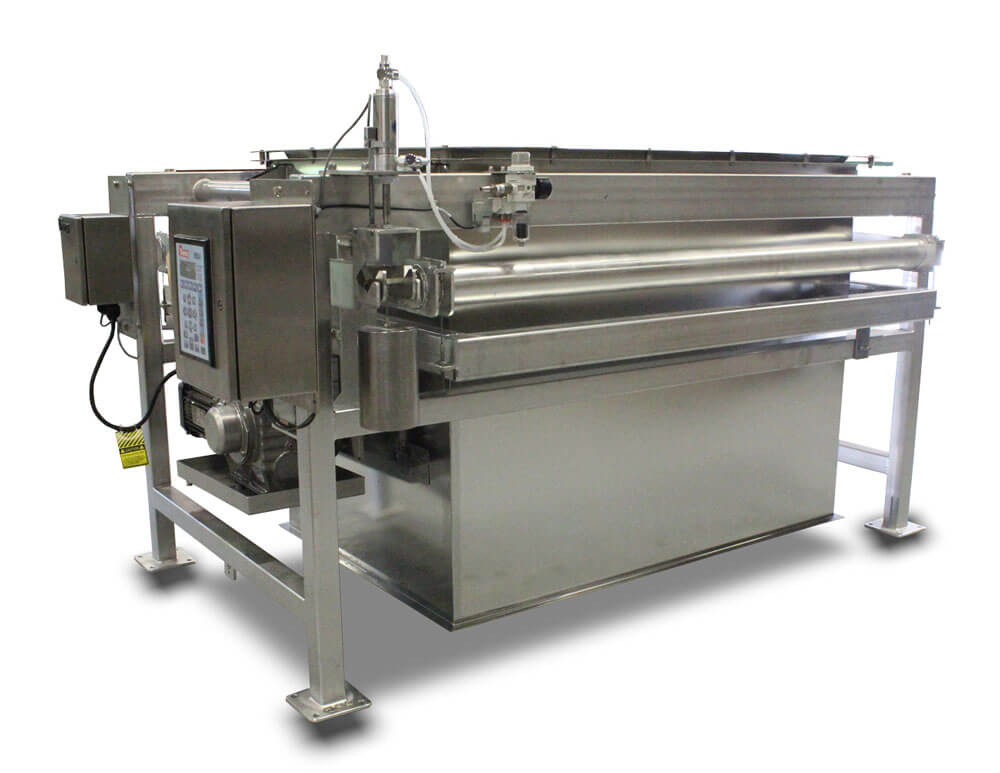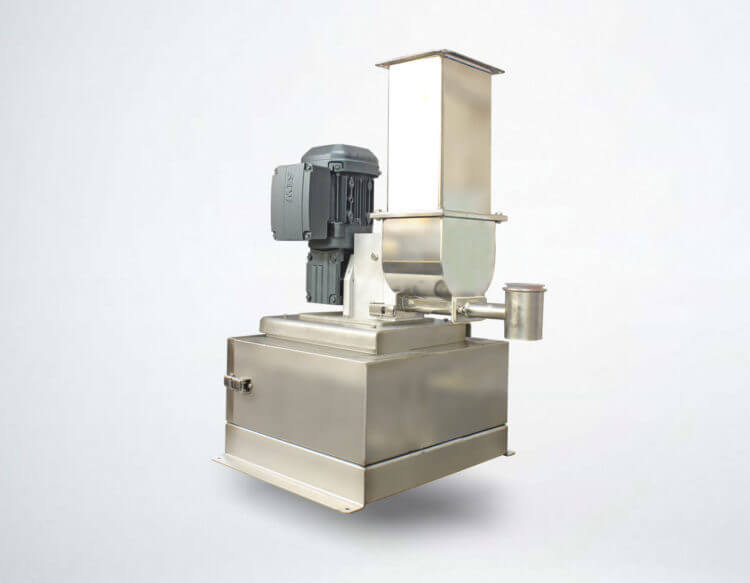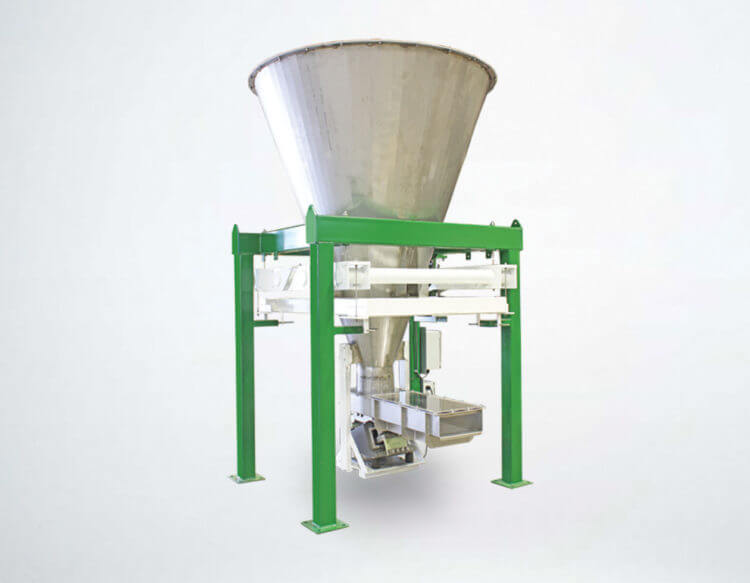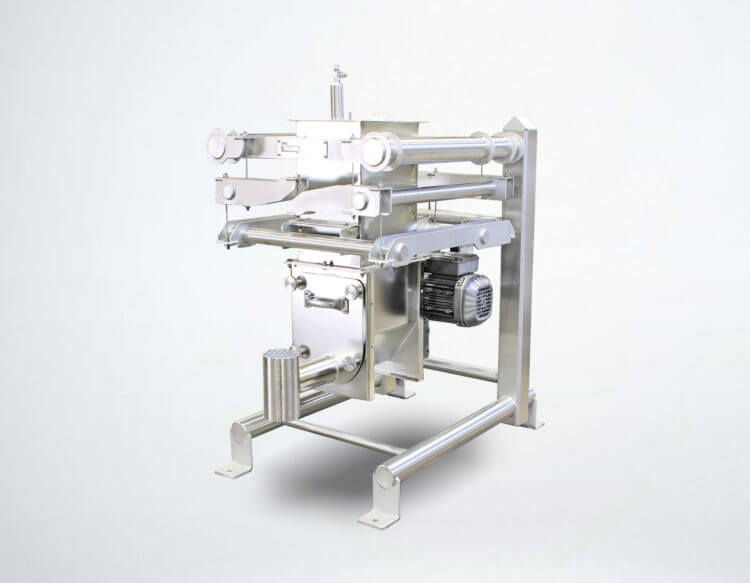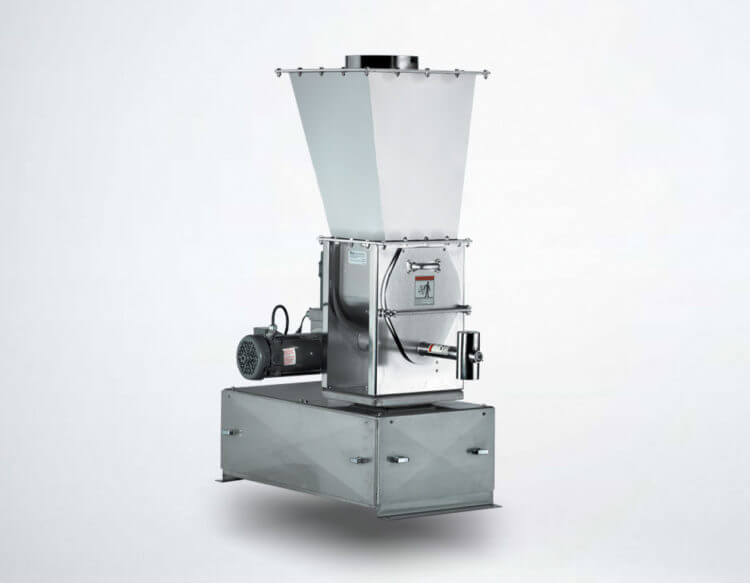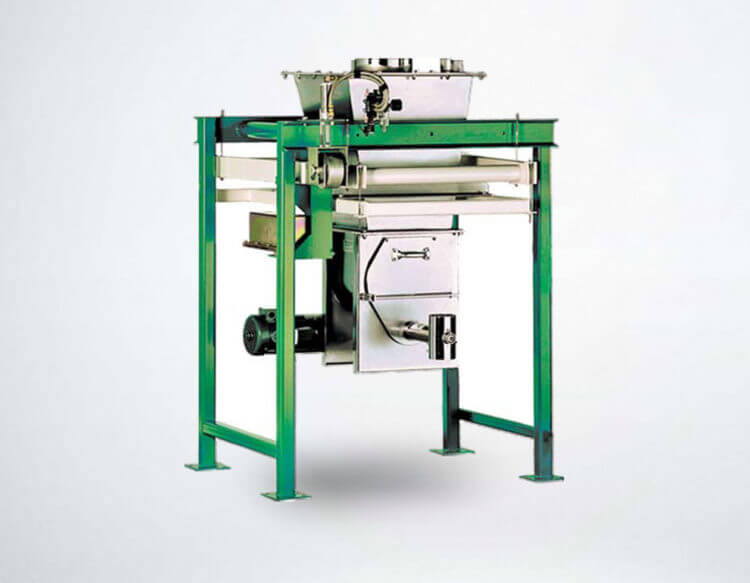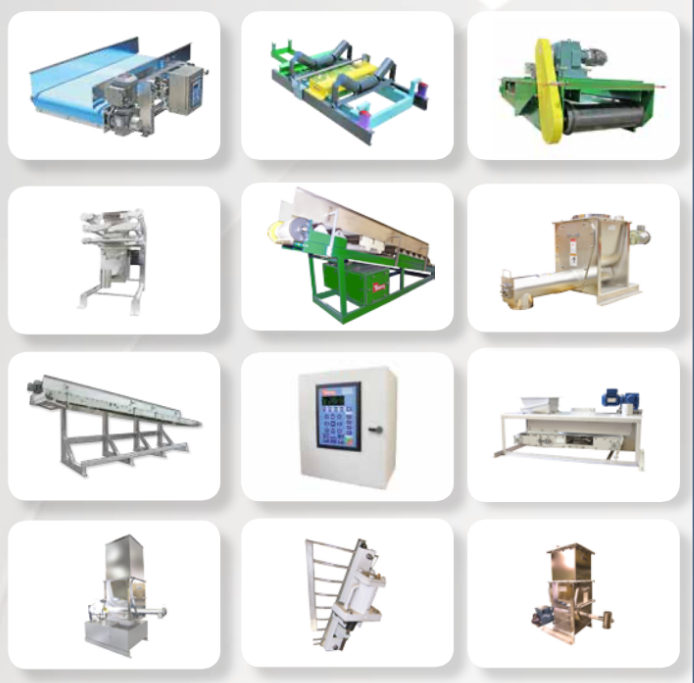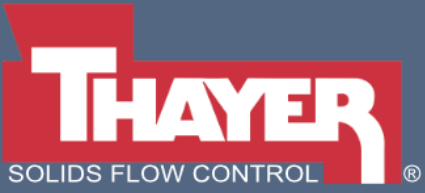Description
Accumulative Ingredient Batch Scales
A lengthened rotary bucket, that can be compartmentalized if desired, is suspended from Thayer Scales’s Cable-Scale Suspension System with built-in automatic calibration weights. Discharge results from 360 degree rotation of the bucket and either a belt or screw conveyor take-away section, depending on types of materials, moisture/liquid content, and temperature.
Material is normally supplied vertically or a right angles to the bucket’s rotation axis by various types of volumetric feeders, conveyors, or liquid pumps. Manual or semi manual loading using front end loaders, barrel dumpers, plows, etc. are also accommodated.
Net weighing capacity to 10,000 pounds is available.
Features:
- No batch scale can take more abuse
- Sustained sensitivity without maintenance
- Inherently self aligning to gravity
- Nullifies heavy tare loads
- Adapts to all mounting arrangement
- Tolerates heavy overloading
- Withstands extraneous lateral shocks
- Easily accepts Automatic Test Weight Lifter
- Low Maintenance
- Versatile and Flexible
AUTOMATED TEST WEIGHT LIFTER (ATWL) for Cable Scale
More and more weigh scales are being used in conjunction with statistical process control where performance records are routinely generated and delivered with the product as required by a customer’s quality assurance program. Such a record should contain a “validation of scale calibration” step to be truly meaningful as a quality assurance tool. Thayer Scale’s Automated Test Weight Lifter (“ATWL”) provides a means for automatically applying a known test load and going through a calibration sequence on computer or push-button command to check scale calibration. A “foolproof” self-checking software algorithm in the feeder control instrumentation prevents erroneous calibration.
The test weight calibration method has proven accurate and reliable over decades of in-plant use. Unlike material sampling, it is always clean, fast and safe and free from human error. Unlike electronic signal simulation, it mechanically tests the performance of critical electro-mechanical components under the full deflection range of the load cell.

